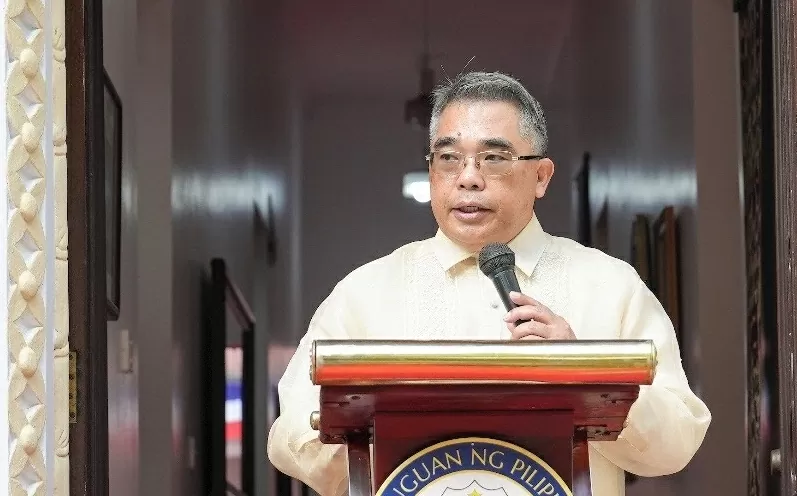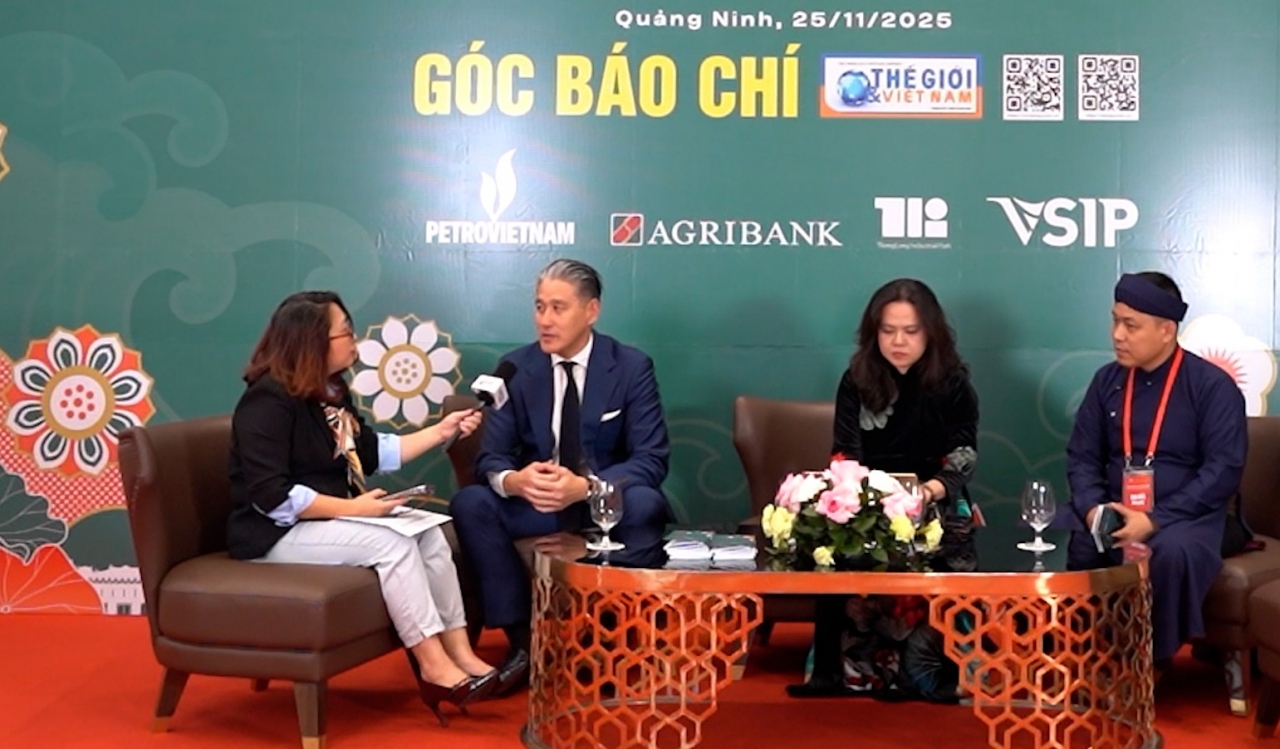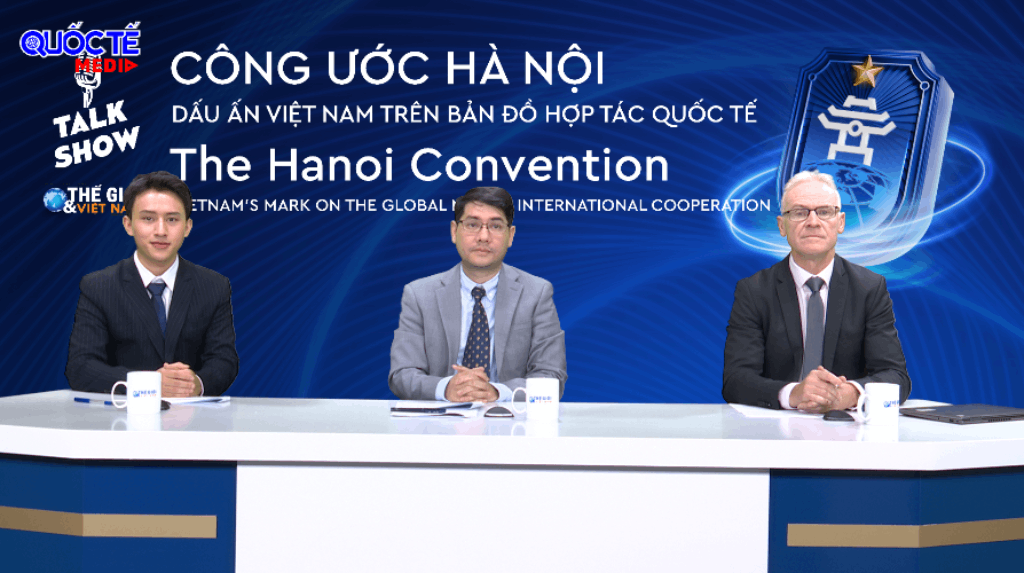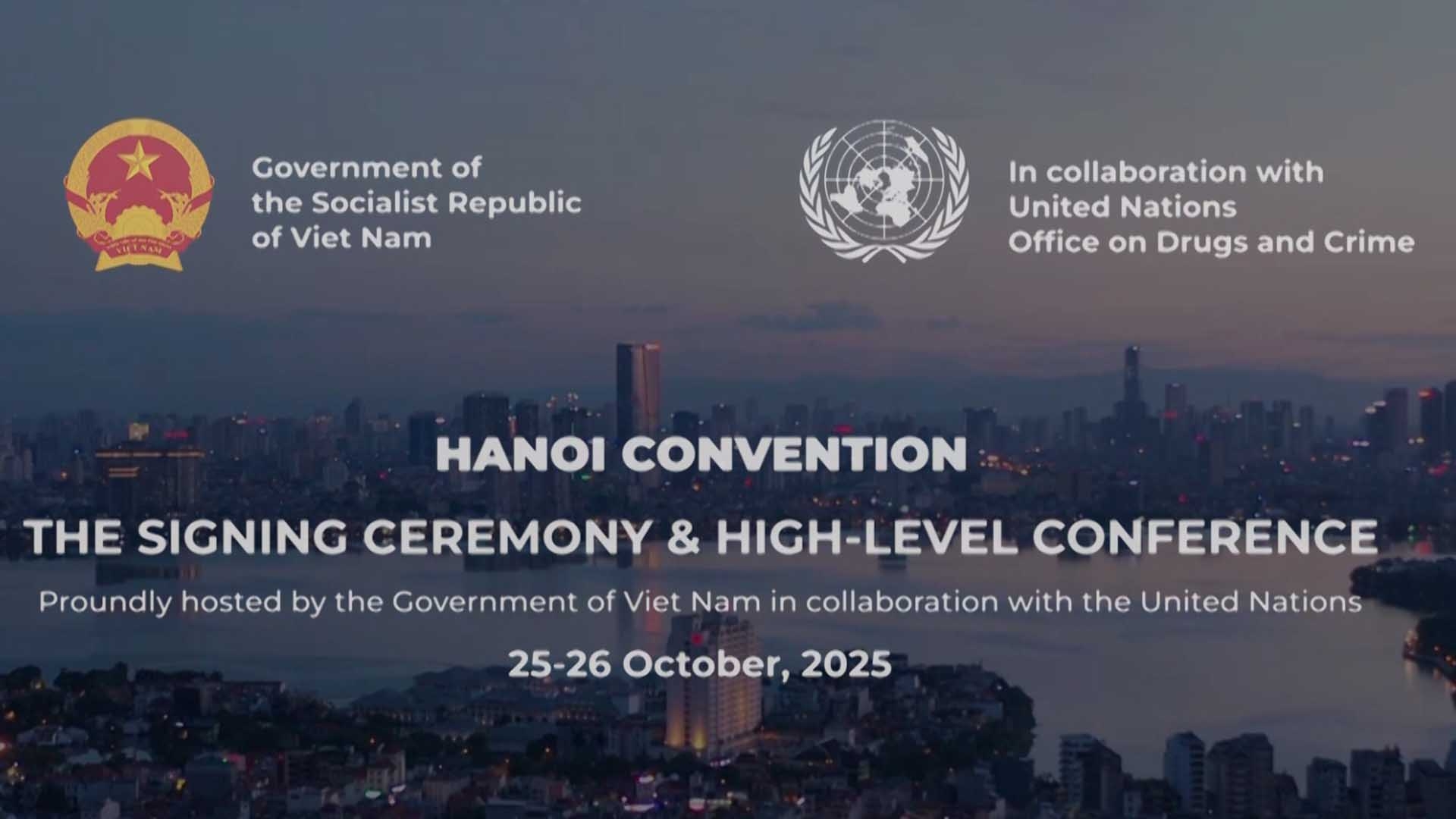
ASEAN Future Forum: Vietnam has created a highly engaging and promising platform for constructive dialogue
Latest
 |
| Prime Minister Pham Minh Chinh met with Philippine President Ferdinand Marcos Jr. during his state visit to Vietnam in January 2024. (Source: VNA) |
Factors for the success of ASEAN Future Forum
The second year of the ASEAN Future Forum definitely provides a greater opportunity to discuss highly relevant and timely issues facing ASEAN and its partners. Economic development across the globe has been progressing at its fastest pace with the advent of cutting-edge technologies that bring with them challenges and opportunities for ASEAN.
 |
| Philippine Ambassador to Vietnam Meynardo Los Banos Montealegre. (Photo: PH) |
The inclusion of topics covering AI and digitalization, its application within ASEAN's unique context and how to ensure its responsible use among members is a welcome initiative. It is equally important to note that, aside from carefully selected discussion topics, the anticipated participation of high-level leaders, experts and representatives makes ASEAN Future Forum 2025 a promising platform for constructive dialogue. I look forward to the insights of the panelists in the plenary sessions, their innovative approaches, and ways forward to not only strengthen ASEAN's unity, but also to amplify its voice in international fora.
Amidst the strengthening of the ASEAN Future Forum, I am sure many observers will agree with me in concluding that Vietnam has definitely created a highly engaging and promising platform for Track 1.5 Dialogue.
The reception and increasing participation of relevant stakeholders and partners in the ASEAN Future Forum can be credited to Vietnam’s sustained commitment to nurture relationships among ASEAN Member States, partner countries, experts and the private sector. Likewise noteworthy are the support provided by ASEAN Dialogue Partners as well as sectoral and development partners, which have undoubtedly kept the ASEAN Future Forum a fruitful and engaging endeavor.
While its 30-year run in ASEAN is remarkable in itself, Vietnam’s leadership in facilitating different tracks of dialogue within the sub-region is remarkable. With the Diplomatic Academy of Vietnam playing an active role in the event, the 2025 ASEAN Future Forum discusses traditional issues, including peace and security, economics and trade, and society, while tackling new trends that may either catalyze or disrupt development, such as the aging demographic, health, and AI.
Finding the delicate balance between theory and practice is important to ensure that the trajectory of development is sound. Assessing the overall regional landscape through the lens of all involved is fundamental to securing sustainable development for all.
It is in this regard that I wish to congratulate Vietnam and its leadership in helming this initiative. I wish you success, with the hope that the discussions in 2025 ASEAN Future Forum will shape the way we view and work towards our tomorrow.
 |
| Leaders attended the 27th ASEAN-China Summit in Laos on October 10, 2024. (Source: VNA) |
Typical way of ASEAN
Despite headwinds and challenges, ASEAN’s economy continues to grow and display resiliency among other regional economic groups and its sustained push for integration remains a crucial factor for maintaining its importance in shaping the global community. The ASEAN Economic Community (AEC) is clear evidence of the sub- region’s strong push for regional integration and desire for overall regional development. With a market size of around US$2.3 trillion, the ASEAN economy is expected to be the fourth largest economy by 2030.The year 2025 is a critical year insomuch as the economy is concerned, as this is the year where all Member States anticipate the realization of the 2025 AEC Blueprint.
Member States jointly continue to uphold the core principle of ASEAN Centrality in all of their internal and external dealings. This points to the importance of ASEAN not only in terms of progress, but, at its core, in the preservation of regional peace and stability. It is no wonder, therefore, that all states enjoy robust bilateral and multilateral relations, and make decisions together through active consultation and non-intervention in domestic affairs, as is typical in the ASEAN way.
As such, ASEAN can leverage its position not just within the region but in the broader global landscape in promoting cooperation and balancing regional interests amidst the various challenges brought about by digitalization, climate change and other geopolitical developments.
Concensus and common understanding is essential
The South China Sea remains an important issue in the region. In an effort to reconcile positions based on international law, including the 1982 United Nations Convention on the Law of the Sea, ASEAN Member States finalized the 2002 Declaration on the Conduct of Parties on the South China Sea (DOC). Building on this progress and working towards more sustainable solutions to the pervasive issue, ASEAN Member States continue to work towards the speedy conclusion of an effective and substantive Code of Conduct in the South China Sea (COC) that fully implements the DOC through regular negotiations and dialogue.
Differences in maritime areas notwithstanding, ASEAN Member States see the South China Sea for its vast untapped potential, accessible only through constant cooperation based on mutual trust and respect for all parties involved. In December 2023, the ASEAN Foreign Ministers published the Statement on Maintaining and Promoting Stability in the Maritime Sphere in Southeast Asia.
In the statement, Foreign Ministers recognized the South China Sea as a “sea of peace, stability, cooperation, and prosperity,” accurately enunciating the wishes of our peoples. They maintained the importance of mutual trust and confidence, and the exercise of self-restraint by all parties involved.
This important consensus among ASEAN leaders is essential to the preservation of peace and order at sea, and significantly reduces the possibility of the escalation of tensions in critical areas in the region. Especially in an increasingly interconnected world, any small disruption in any part of the world may impact the rest of the globe, and common understanding on key issues is essential.













